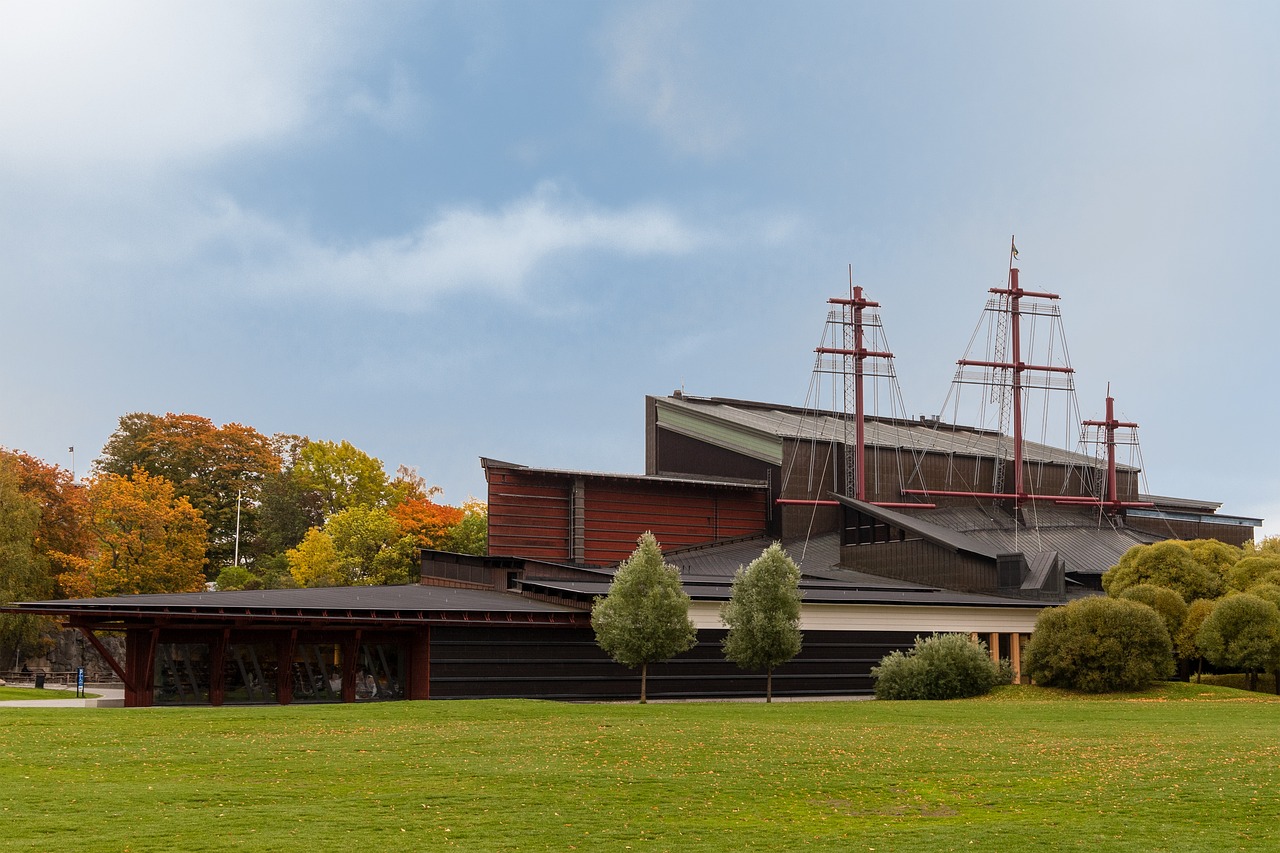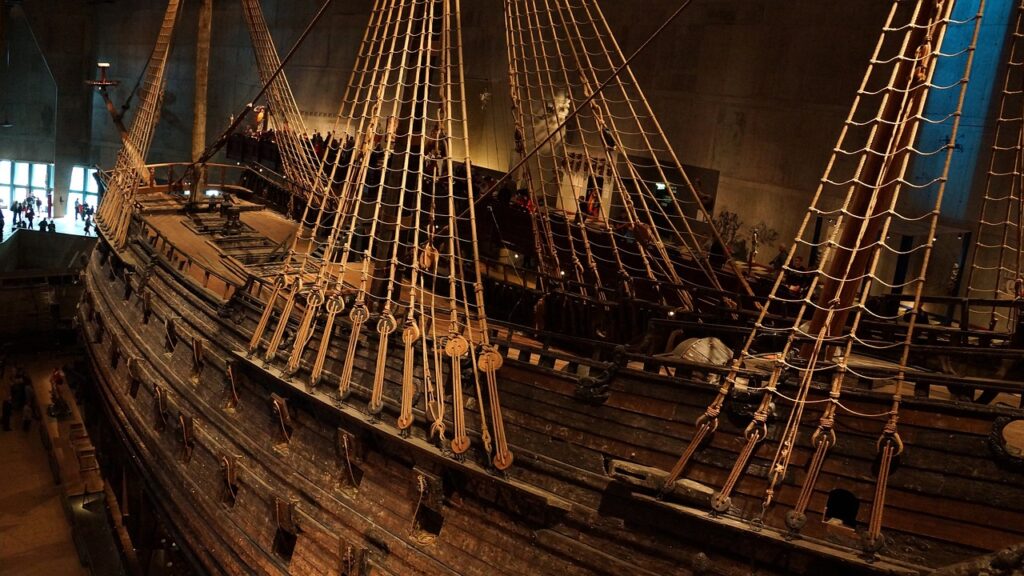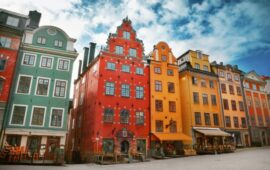Dive into the Fascinating History of the 17th Century Swedish Warship
The Vasa Museum, located on the picturesque island of Djurgården in Stockholm, is one of the most visited and unique museums in Sweden. It houses the iconic Vasa, a 17th-century warship that sank in Stockholm harbor during its maiden voyage. The Vasa Museum offers a fascinating insight into the maritime and cultural history of Sweden during the reign of King Gustav II Adolph. In this article, we will explore the history, exhibitions, and visitor experience at the Vasa Museum.
- The Vasa Ship: A Brief History
1.1. Vasa was commissioned in 1625 by King Gustav II Adolph, who wanted a powerful warship to strengthen his navy. The ship was built in Stockholm under the supervision of master shipbuilder Henrik Hybertsson.Built from over 1,000 oak trees, the Vasa was designed to be a formidable weapon with 64 cannons and intricate wood carvings.
1.2. The Ill-Fated Maiden Voyage The Vasa set sail on August 10, 1628, but tragically capsized and sank just 1,300 meters (4,265 feet) from its starting point. Investigations revealed that the ship was top-heavy and had insufficient ballast, which resulted in its instability. Over 30 people died in the disaster, and the Vasa remained submerged for 333 years.
1.3. Salvaging and Restoration In 1956, a marine archaeologist named Anders Franzén discovered the Vasa’s remains. The ship was salvaged in 1961 and underwent a long and meticulous restoration process that involved preserving the wood and reconstructing the ship to its original state. The Vasa Museum was eventually established to house and display the restored warship.
- The Vasa Museum: Exhibitions and Features
2.1. The Vasa Ship Hall The Vasa Ship Hall is the museum’s centerpiece, where visitors can marvel at the impressive 69-meter (226-feet) long and 52-meter (170-feet) tall warship. The hall’s lighting is carefully designed to create an atmospheric experience, while walkways and balconies at different levels provide various perspectives of the ship.
2.2. The Vasa’s Artwork and Carvings The Vasa is adorned with over 500 intricate wooden sculptures and carvings that serve both decorative and symbolic purposes. Many of the carvings depict biblical scenes, mythological figures, and members of the Swedish royal family. These artistic elements offer a glimpse into the culture and values of 17th-century Sweden.
2.3. The Vasa’s Crew and Life Onboard The museum features several exhibits that provide insights into the lives of the Vasa’s crew, including their living quarters, food, and entertainment. One of the most striking exhibits is the recreation of the ship’s galley, which highlights the cramped and difficult conditions that the crew endured.
2.4. The Vasa’s Weapons and Technology The museum displays a range of weaponry and technology used on the Vasa, such as cannons, muskets, and shipbuilding tools. Interactive exhibits allow visitors to learn about the ship’s design, construction, and the reasons behind its tragic sinking.
- Visitor Experience at the Vasa Museum
3.1. Guided Tours and Audio Guides The Vasa Museum offers daily guided tours in multiple languages, providing a comprehensive understanding of the ship’s history and significance. Audio guides are also available for visitors who prefer to explore at their own pace.
3.2. Interactive Exhibits and Hands-On Activities The Vasa Museum features several interactive exhibits that engage visitors of all ages, including a rigging station where visitors can learn about the ship’s ropes and knots, and a navigation simulator to experience the challenges of steering a 17th-century warship. The museum also offers hands-on activities for children, such as a scavenger hunt that encourages exploration and learning.
3.3. Temporary Exhibitions and Events In addition to its permanent displays, the Vasa Museum hosts temporary exhibitions and special events throughout the year, such as lectures, workshops, and themed guided tours. These events provide visitors with unique opportunities to delve deeper into the Vasa’s history and the broader context of 17th-century Sweden.
3.4. Accessibility and Facilities The Vasa Museum is fully accessible for visitors with disabilities, featuring ramps, elevators, and wheelchair-accessible restrooms. The museum also offers resources for visitors with visual or hearing impairments, such as guided tours with sign language interpretation and tactile maps. Additional facilities include a gift shop, a café, and a restaurant, allowing visitors to take a break and enjoy refreshments during their visit.
3.5. Location and Transportation The Vasa Museum is situated on the island of Djurgården in central Stockholm, easily accessible by public transportation, including buses, trams, and ferries. Visitors can also reach the museum by walking or cycling through the scenic Djurgården parklands.
The Vasa Museum is a must-visit destination for anyone interested in maritime history, culture, and technology. The museum offers an unforgettable experience, allowing visitors to step back in time and explore the captivating story of the Vasa, a 17th-century Swedish warship that sank on its maiden voyage. With engaging exhibits, guided tours, and interactive activities, the Vasa Museum is an enriching and enjoyable attraction for visitors of all ages.






